SUMMARY
This is AI generated summarization, which may have errors. For context, always refer to the full article.
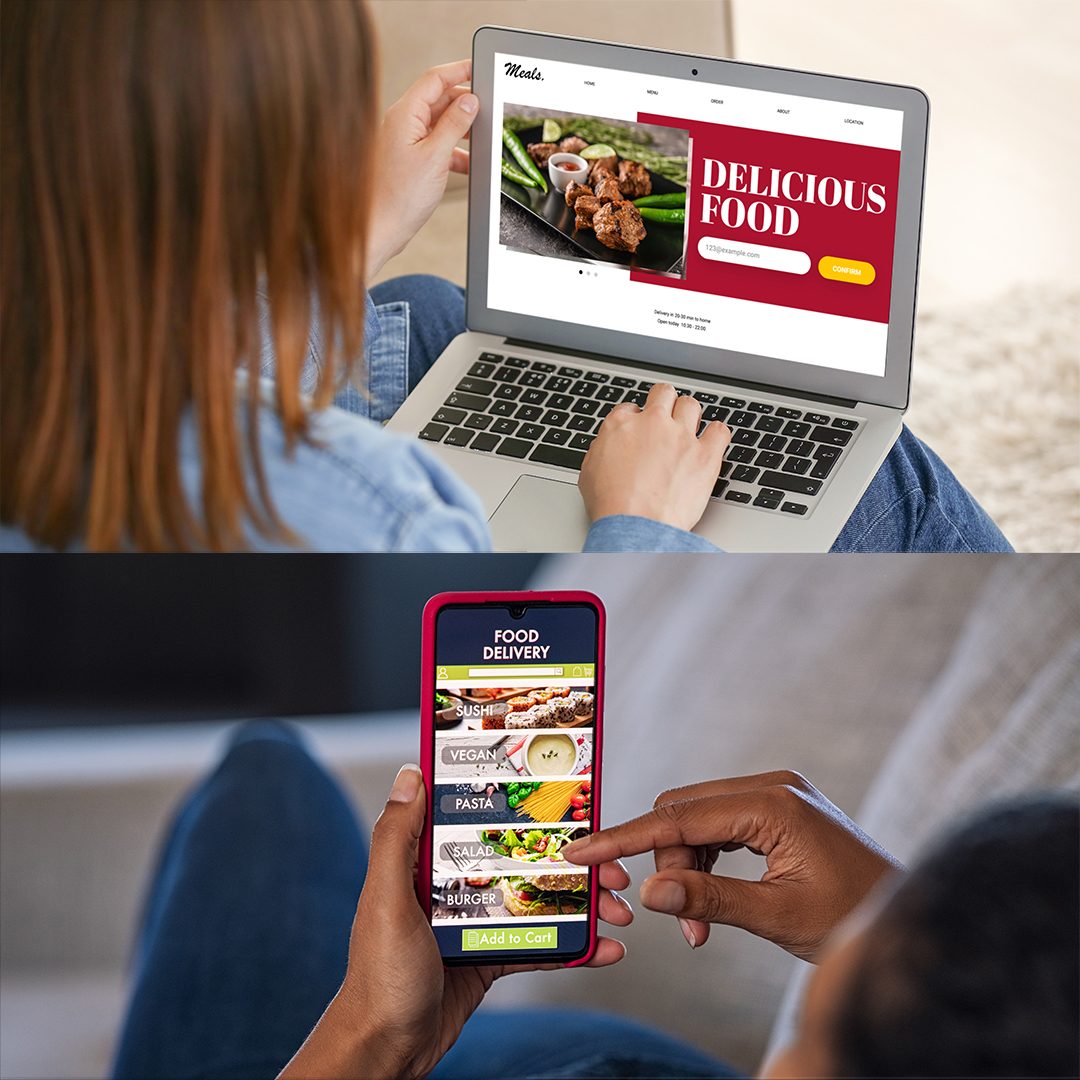
There’s always a glimmer of hope when food and drink establishments re-open for outdoor and indoor dine-in customers, even at limited capacities. Patrons cross their fingers, in hopes that the re-opening means our favorite restaurants make it through, unlike many Filipino food businesses that have had to call it quits.
Even under a new alert level scheme that’s being piloted in Metro Manila, dine-in, take-out, and third-party delivery options aren’t enough to sustain restaurants.
Restaurant owners say ordering direct-to-store for delivery is more cost-effective and beneficial for their business, and makes a big difference in terms of revenue. It’s why a lot of establishments are setting up their own own delivery channels and hotline numbers, even as they stay on delivery favorites like GrabFood and Foodpanda.
The rise of delivery in the pandemic
Even in 2020, businesses anticipated higher customer demand for instant, seamless deliveries and new, innovative ways to enjoy their favorite meals.
It’s why months into the first lockdown in 2020, Raymund Magdaluyo of Wolfgang’s Steakhouse launched Wolfgang’s At Home, a moving kitchen that offers no-contact catering, personal chef services, and freshly-broiled steaks to customers at home. The Elbert’s Concepts Group also came up with Elbert’s Delivers, a unified website where customers could order from across all their brands under one delivery fee.
“Once upon a time, restaurants didn’t care much about doing deliveries. It was complicated and costly just to set up,” Elbert Cuenca, owner of Elbert’s Pizzeria, Elbert’s Cheesesteak, Elbert’s Steakroom, and Metronome, told Rappler.
“So when the advent of food delivery aggregators came, the idea of gaining extra exposure and making some additional income was very palatable, especially without investing any money and it not affecting normal operations,” Elbert said.
“However, the pandemic hit us and dine-in became non-existent. All of a sudden, the business shifted to online deliveries. It is then that the numbers mattered,” he added.
Raymund relied on delivery and curbside pick-up options, after having to shut down dine-in services several times since the pandemic began.
“Ever since the pandemic started, we have searched for different ways on how to facilitate direct ordering from our stores, and the only way to survive is to rely on those options,” Raymund told Rappler.
Aside from the multiple shutdowns, the constant changes in restrictions – often on short notice – were also detrimental to businesses.
How ordering direct makes all the difference
Building a user-friendly, direct-to-store delivery system – with a website, hotline numbers, and delivery riders – is definitely an investment, but it’s one both Raymund and Elbert say is worthwhile.
Raymund’s main goal is to make ordering a seamless experience for clients, so that “they enjoy the whole process of directly transacting with us.” He prioritized an ordering platform that was both efficient and convenient, and also highlighted in-house promotions exclusively available in stores.
According to Elbert, the cost of doing business with a food delivery aggregator is “typically 27% of our published prices.” This includes the value-added tax (VAT) that a service provider collects over and above their commissions. If typical food cost is at 35%, and VAT is a standard 12%, what’s left for the restaurant is less than one-third of what is paid by the customer.
“This amount is barely enough to make a profit, given that establishments shoulder other expenses such as labor, rent, and utilities,” Elbert said.
“The only time the minuscule income from such an arrangement can be acceptable is if there is a huge volume in sales. However, without a good volume, the cost of commission is very, very significant,” he added. A “huge volume in sales” is something most restaurants have not yet seen since March 2020.
Raymund always encourages clients to place an order directly from their website or to call their stores, versus using a third-party marketplace. “Many of us are unaware of the hefty fees that restaurants have to shoulder or the missed opportunities of a restaurant to be able to personally transact with customers,” Raymund said.
“Of course, most restaurants would love any arrangement that brings in valuable income. Which do we prefer? During a pandemic, we don’t have the privilege or luxury to choose. We are all desperate to make ends meet,” Elbert said.
Luckily, having one’s own online platform is proving to be cost-effective, he added, noting that the cost of hosting an online sales website is minimal nowadays. That delivery services can easily be outsourced is a plus.
“However, without market exposure and reach, one’s own website may easily end up being unnoticed. A restaurant must have a strong strategy for marketing in order to draw traffic its way, and it best if targeted at a market that isn’t savvy with or keen on using food delivery aggregators,” Elbert said. If a restaurant decides to go solo, their marketing and advertising departments need to make up for the exposure it’s lost.
Food delivery apps – the most popular in the Philippines being GrabFood and Foodpanda – have also played a role in getting a business back on its feet, both entrepreneurs agreed.
There are pros and cons. While direct-to-store orders mean more income for restaurants, the “reach, convenience, and marketing support of these big companies” is difficult to replicate.
“We’ve also benefited in a way, since it helped us get started with our delivery and pick-up options. It also paved the way for us to reach new clients and to get the word out,” Raymund said.
“The profit we lose could have gone to support more people in the store with more functions, like servers who can double as part of the delivery team,” he added.
On top of issues over the cut food delivery apps get, there’s also the question of how its riders – almost all of whom are freelancers – are compensated.
In July 2021, Foodpanda riders in Davao City staged a silent protest over their decreased pay because of a new payment scheme that was introduced in May 2020. The riders were suspended by foodpanda until 2031.
Food delivery aggregators: Benefits, risks
“It can be argued that without a food delivery aggregator, a restaurant might not have had any income from delivery sales at all,” Elbert said, explaining why many brands still choose to be on multiple apps.
“The immediate upside of doing business with a food delivery aggregator is market exposure and reach. It’s comparable to opening a physical store in a high-traffic mall,” Elbert said.
According to Elbert, it’s the kind of exposure and market reach “no restaurant can achieve on its own from scratch,” unless the restaurant is a popular brand to begin with.
But it’s a double-edged sword – standing out in a big pool of brands is difficult. It also costs more to be featured on the landing page of these apps.
Delivery platforms’ cloud kitchen and commissary operations are another bonus for businesses.
Cloud kitchens allow food businesses to focus solely on food production for delivery – a set-up that’s extra handy when dining-in isn’t an option. Elbert explained that most restaurants devote up to 70% of their space for dining in.
For Elbert, survival has meant still operating within the food delivery aggregators while also using them as a “means to draw direct traffic for future orders.”
“All it takes is a business card or a stamp on the delivery bag that encourages the customer to order direct from the restaurant for the next time,” he said.
As the industry continues to struggle, a community’s help goes a long way.
“Hopefully, this is one of the things customers will be more aware of and will be more supportive of,” Raymund said. “Every small gesture can make a difference.” – Rappler.com
Add a comment
How does this make you feel?
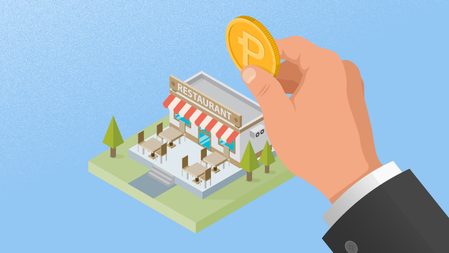
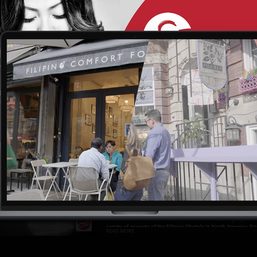
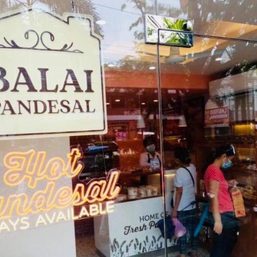
![[OPINYON] Takoyaki tattoo at ang business model ng pang-iinis](https://www.rappler.com/tachyon/2024/04/20240410-Takoyaki-tattoo.jpg?resize=257%2C257&crop_strategy=attention)


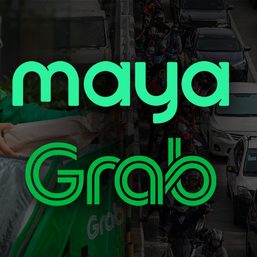

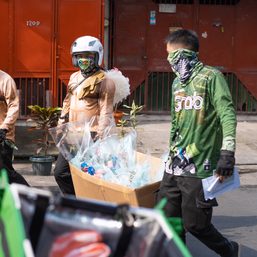
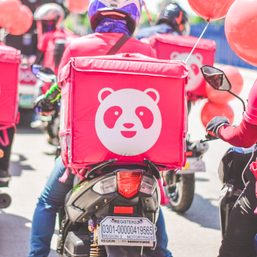
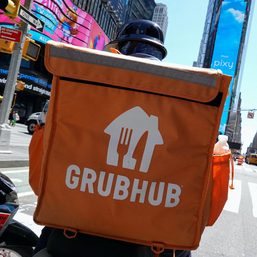
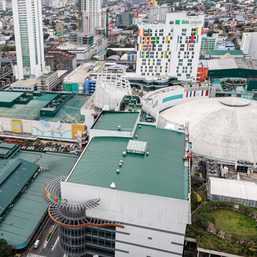
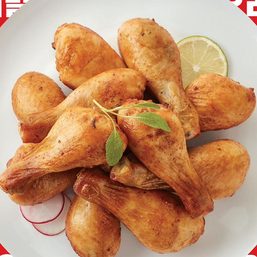
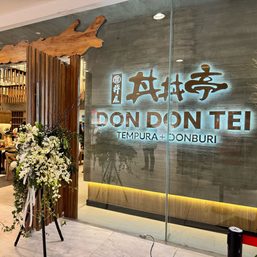
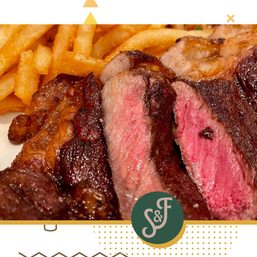
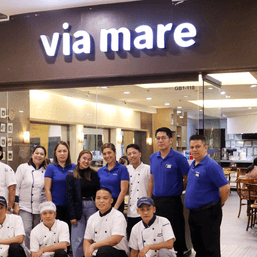
There are no comments yet. Add your comment to start the conversation.